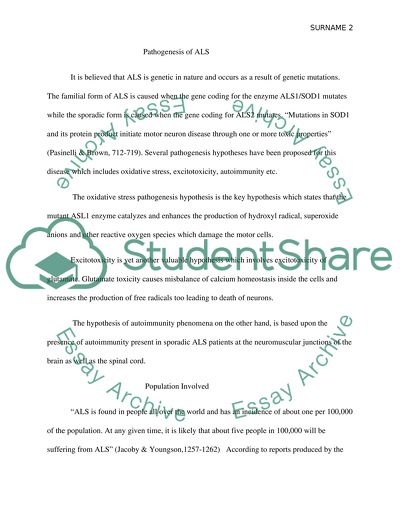Cite this document
(“ALS Term Paper Example | Topics and Well Written Essays - 1500 words”, n.d.)
ALS Term Paper Example | Topics and Well Written Essays - 1500 words. Retrieved from https://studentshare.org/health-sciences-medicine/1470027-als
ALS Term Paper Example | Topics and Well Written Essays - 1500 words. Retrieved from https://studentshare.org/health-sciences-medicine/1470027-als
(ALS Term Paper Example | Topics and Well Written Essays - 1500 Words)
ALS Term Paper Example | Topics and Well Written Essays - 1500 Words. https://studentshare.org/health-sciences-medicine/1470027-als.
ALS Term Paper Example | Topics and Well Written Essays - 1500 Words. https://studentshare.org/health-sciences-medicine/1470027-als.
“ALS Term Paper Example | Topics and Well Written Essays - 1500 Words”, n.d. https://studentshare.org/health-sciences-medicine/1470027-als.


